
Driving Sales and Engagement: The Impact of Personalized AI in Marketing Campaigns
November 30, 2023
Optimizing Your B2B Lead Generation Strategy with Drip Campaign Best Practices
December 4, 2023A. The Evolution of Digital Marketing
In the ever-changing realm of marketing, the dichotomy between traditional methods and the digital revolution is stark. Traditional billboards, print media, and television advertisements once monopolized the advertising space. However, the digital revolution has not only shifted the balance but has given birth to a myriad of innovative channels, with email marketing standing out as a beacon of personalized communication.
Historically, businesses relied on broad-reaching advertising methods with limited ways to measure success. The digital revolution has brought about a seismic shift, enabling businesses to precisely target their audience. Social media, search engine optimization, and email marketing have emerged as powerful tools, with email marketing being a linchpin in the customer acquisition process.
B. Emergence of Email Marketing in the Digital Landscape
As we journey through the annals of digital marketing, the rise of email as a potent marketing channel becomes evident. From humble beginnings of simple newsletters to the sophisticated campaigns we witness today, email has undergone a transformative evolution. It has transcended its role as a mere communication tool to become a strategic instrument for lead generation and customer retention.
The inherent advantages of email marketing lie in its cost-effectiveness, immediacy, and unparalleled reach. As businesses started recognizing the potential, email marketing campaigns flourished, paving the way for a more direct and personalized form of communication. Today, emails are not just messages but carefully curated experiences tailored to captivate and convert recipients.
C. Importance of Lead Generation in Modern Business
In the contemporary business landscape, lead generation stands as the lifeblood of success. Gone are the days of casting a wide net in the hope of capturing potential customers. Instead, businesses focus on identifying and nurturing leads with precision. Email marketing plays a pivotal role in this process by allowing businesses to engage prospects on a personal level, building relationships that transcend mere transactions.
The essence of modern lead generation lies in understanding the target audience, their pain points, and aspirations. Email marketing becomes a dynamic tool for delivering value, whether through educational content, exclusive offers, or personalized recommendations. The significance of converting leads into customers cannot be overstated, and email marketing serves as the linchpin in this intricate process.
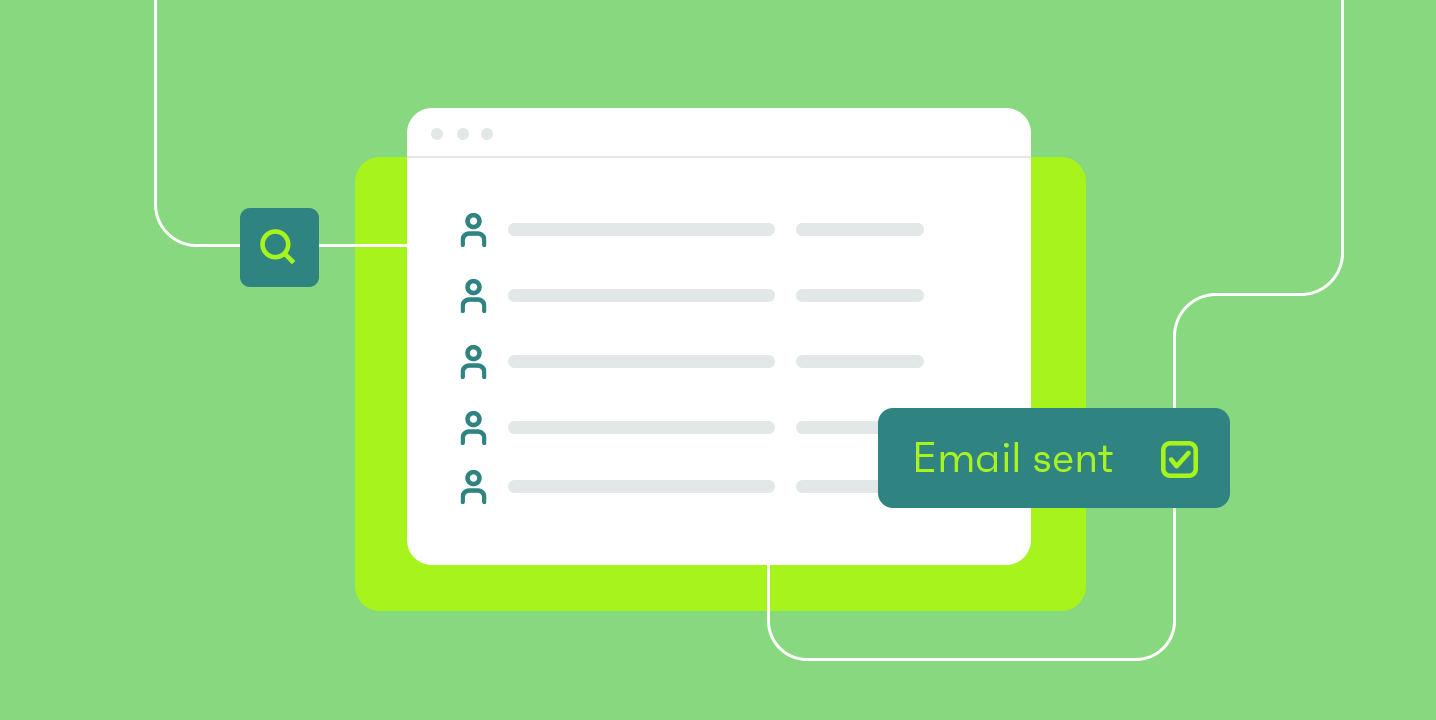
Understanding the Foundation
A. Building a Robust Email List
1. Strategies for Organic Email List Growth
Organic email list growth is the cornerstone of a successful email marketing strategy. Unlike purchased lists that often lead to high bounce rates and spam complaints, organically grown lists consist of individuals genuinely interested in your offerings.
Content Upgrades and Gated Content: Providing valuable content is a powerful magnet for attracting subscribers. Whether it’s in-depth guides, e-books, or exclusive access to resources, content upgrades encourage visitors to share their email addresses.
Leveraging Social Media: Social media platforms are not just for brand visibility; they’re potent tools for list growth. Strategic use of lead generation ads, contests, and interactive content can turn social media followers into valuable email subscribers.
2. The Significance of Quality Over Quantity
While a large email list might seem impressive, the quality of your subscribers is paramount. Engaged subscribers are more likely to open emails, click through, and ultimately convert. Prioritizing quality over quantity ensures that your message reaches a receptive audience.
Avoiding Purchased Email Lists: Purchased email lists often consist of disinterested recipients, leading to high unsubscribe rates and damage to your sender reputation. Instead, focus on cultivating relationships with individuals who willingly opt-in to receive your communications.
Building Trust Through Opt-ins: Trust is the currency of email marketing. By obtaining explicit consent through opt-ins, you not only comply with regulations like GDPR but also establish a foundation of trust with your audience. Clearly communicate the value they will receive by subscribing.
3. Segmenting Your Audience for Targeted Campaigns
Segmentation is the secret sauce that transforms a generic email into a personalized, high-converting message. By dividing your audience based on demographics, behaviors, or preferences, you can tailor your content to resonate with specific segments.
The Power of Segmentation in Personalization: Segmentation allows you to speak directly to the unique needs of different audience segments. Whether it’s based on location, purchase history, or engagement level, targeted messaging increases relevance and engagement.
Tailoring Content to Diverse Audience Segments: A one-size-fits-all approach seldom works in email marketing. Understand the diverse needs of your audience segments and create content that speaks directly to their pain points, aspirations, or interests.
4. Leveraging Opt-ins and Opt-outs for Optimal Engagement
Empowering your subscribers with control over their email preferences is a cornerstone of ethical email marketing. Opt-ins and opt-outs are not just checkboxes; they are strategic elements that can enhance engagement and long-term loyalty.
Empowering Subscribers with Control: Giving subscribers the ability to choose their email frequency, content preferences, or even the types of emails they receive shows respect for their autonomy. This transparency builds trust and fosters a positive relationship.
Understanding the Psychology Behind Opt-ins and Opt-outs: The decision to opt-in or opt-out is influenced by various factors, including perceived value, relevance, and trust. Dive into the psychology of these decisions to refine your opt-in/opt-out processes for optimal engagement.
B. Crafting Irresistible Lead Magnets
1. Types of Lead Magnets That Captivate Audiences
Lead magnets are the lighthouses that guide visitors into the waters of your email list. Crafting lead magnets that resonate with your audience’s needs and desires is an art that requires understanding the diverse forms these magnets can take.
Ebooks, Webinars, and Exclusive Content: Educational content in the form of ebooks or webinars positions your brand as an authority in your industry. Exclusive content, such as behind-the-scenes access or early product launches, entices subscribers with the promise of exclusivity.
The Psychology of Providing Immediate Value: The effectiveness of a lead magnet lies in its ability to provide immediate value. Whether it’s solving a problem, answering a burning question, or offering a quick win, your lead magnet should leave subscribers eager for more.
2. Designing High-Converting Landing Pages
A compelling lead magnet deserves an equally compelling landing page. Your landing page is the gateway to converting a visitor into a subscriber. From design principles to persuasive copy, every element plays a crucial role in maximizing conversions.
The Anatomy of a Landing Page That Converts: A well-designed landing page is more than a visually appealing backdrop; it’s a strategic layout that guides visitors towards taking the desired action. Learn the elements that make a landing page not just aesthetically pleasing but conversion-focused.
Building Trust Through Seamless Design and User Experience: Trust is fragile, and a poorly designed landing page can shatter it instantly. Discover the design principles and user experience strategies that instill confidence and guide visitors seamlessly towards becoming subscribers.
3. The Psychology Behind Irresistible Offers
Crafting an irresistible offer involves delving into the minds of your audience. Understanding the psychological triggers that drive action allows you to create offers that not only attract subscribers but also set the stage for future engagement.
Understanding Consumer Desires: Your offer should align with the desires and aspirations of your target audience. Conduct thorough research to uncover what truly motivates your audience and tailor your offers accordingly.
Crafting Offers That Trigger Action: An offer is not just a transaction; it’s a psychological exchange. Explore the art of crafting offers that tap into emotions, urgency, or the fear of missing out, prompting immediate action from your audience.
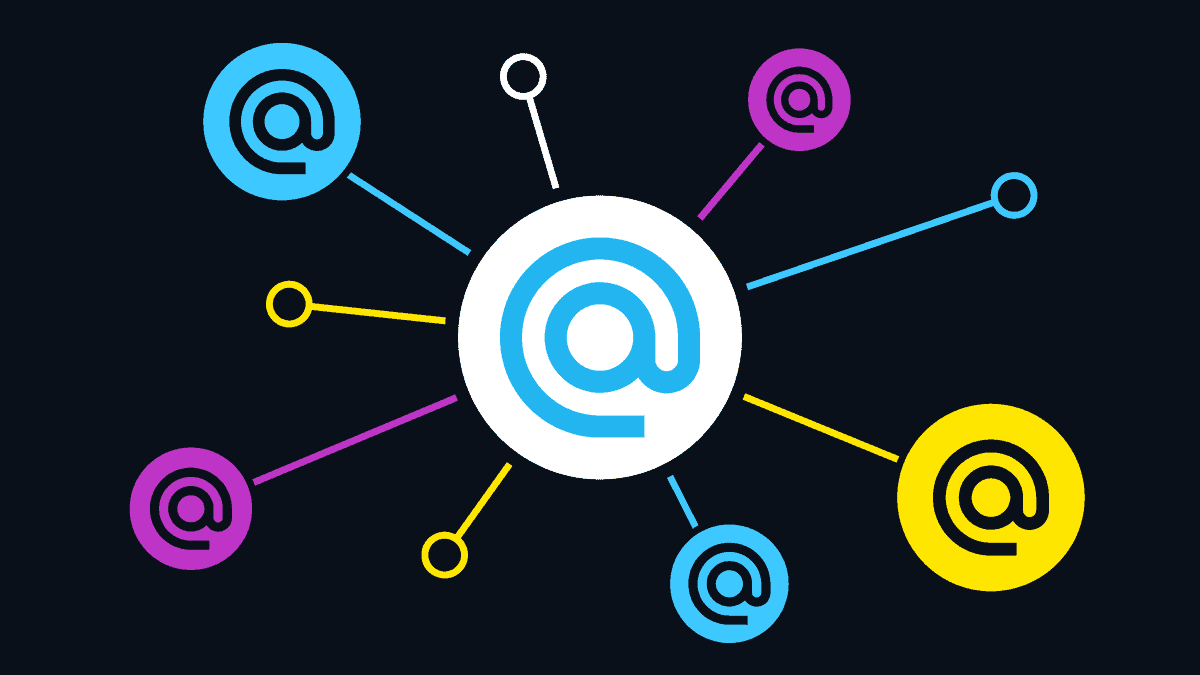
Mastering Email Content
A. Crafting Compelling Subject Lines
1. The Art of Piquing Curiosity in 7 Words or Less
Subject lines are the gateway to your email content. Crafting them with precision is an art that involves balancing brevity and intrigue. In seven words or less, you must spark curiosity, compelling the recipient to open and explore the riches within.
Curiosity as the Driving Force Behind Opens: The human mind is naturally curious. Use this to your advantage by crafting subject lines that evoke questions, stir interest, or hint at a tantalizing revelation. Consider subject lines as the teaser trailers of the email world.
Examples of Subject Lines that Evoke Intrigue:
-
“Unlock the Secret to…”
-
“The Mystery Behind…”
-
“Discover the Untold Story of…”
2. A/B Testing for Subject Line Perfection
Perfection in subject lines is an ever-evolving quest. A/B testing, the unsung hero of email marketing, allows you to experiment with different approaches, analyzing which resonates best with your audience.
The Iterative Process of Refining Subject Lines: Subject lines are not set in stone. Embrace the iterative nature of A/B testing, tweaking elements like tone, length, and personalization to find the optimal formula for your unique audience.
Tools and Techniques for A/B Testing Success:
-
Split Testing Tools: Utilize email marketing platforms that offer robust split testing features.
-
Segmented Testing: Test subject lines on different segments to understand diverse audience preferences.
-
Iterate Based on Data: Let data be your guide; analyze open rates and adjust your approach accordingly.
B. Designing Visually Appealing Emails
1. The Impact of Visual Content on Engagement
In a world bombarded with information, visual content emerges as a beacon of engagement. Emails laden with images, infographics, and videos capture attention and convey messages more effectively.
The Science Behind Visual Appeal: Human brains process visuals faster than text. Leverage this by incorporating visually appealing elements that tell a story, evoke emotions, and leave a lasting impression.
Striking the Balance Between Visuals and Text: While visual content is powerful, striking a balance is key. Avoid overwhelming recipients with too many images, ensuring your message remains clear and concise.
2. Mobile Responsiveness: A Non-Negotiable Element
The prevalence of mobile users in today’s digital landscape mandates a mobile-first approach in email design. Emails that don’t adapt seamlessly to various screen sizes risk alienating a significant portion of your audience.
The Dominance of Mobile Users: With a substantial portion of email opens happening on mobile devices, responsiveness is not a luxury but a necessity. Prioritize mobile optimization to deliver a seamless experience across devices.
Designing Emails for a Seamless Mobile Experience: Opt for responsive email templates, test emails across various devices, and prioritize concise and scannable content to cater to the on-the-go nature of mobile users.
C. Personalization: Beyond the First Name
1. Dynamic Content Tailored to Individual Preferences
Personalization goes beyond the basic insertion of a recipient’s name. Dynamic content takes personalization to the next level, delivering tailored experiences based on individual preferences, behaviors, and interactions.
Harnessing Data for Personalized Content: Collect and analyze data to understand your audience’s preferences. Utilize this information to dynamically populate emails with content that resonates on a personal level.
Going Beyond Basic Personalization Techniques: While using names is a start, explore dynamic content blocks, personalized product recommendations, and content that aligns with each recipient’s unique journey.
2. The Role of Customer Journey Mapping in Personalization
Understanding the customer journey is akin to having a roadmap to personalization success. Mapping out the various touchpoints allows you to align your email content with specific stages of the customer’s experience.
Understanding the Customer’s Journey: From awareness to conversion, every stage of the customer journey presents opportunities for personalized communication. Map out these stages to tailor your content accordingly.
Aligning Email Content with Specific Touchpoints: Craft emails that seamlessly guide recipients through their journey. Whether it’s educational content during the awareness phase or exclusive offers in the decision-making stage, align your emails with the customer’s progression.
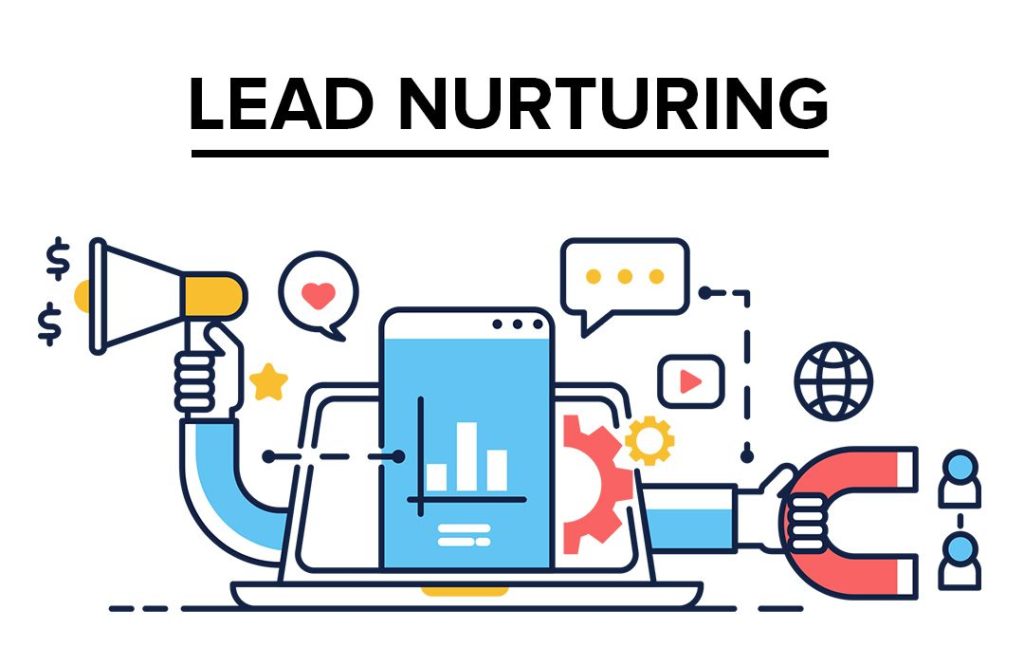
Nurturing Leads Effectively
A. Implementing Drip Campaigns
1. Drip Campaigns Demystified
Drip campaigns are the unsung heroes of email marketing, quietly and consistently nurturing leads over time. Understanding the anatomy of a drip campaign and its sequential nature is essential for creating a journey that guides prospects from initial interest to conversion.
The Anatomy of a Drip Campaign: Drip campaigns consist of a series of pre-scheduled emails strategically sent to a specific segment of your audience. Each email serves a purpose, gradually nudging recipients towards a desired action.
Sequencing Emails for Maximum Impact: The order of your emails matters. Map out the ideal progression, ensuring each email builds on the previous one. From introducing your brand to showcasing product benefits, a well-orchestrated sequence can significantly impact engagement.
2. Workflow Automation Simplified
Automation is the silent but powerful ally in your marketing arsenal. Simplifying workflow automation involves leveraging tools that streamline repetitive tasks, saving time and ensuring consistency in communication.
Reducing Manual Effort with Automation Tools: Identify repetitive tasks in your email marketing strategy and automate them. From welcome emails to post-purchase follow-ups, automation tools allow you to set it and forget it, freeing up time for more strategic endeavors.
Creating Seamless Workflows for Consistent Engagement: A disjointed experience can deter leads. Design workflows that seamlessly transition from one stage to the next. Whether it’s moving a lead from awareness to consideration or re-engaging inactive subscribers, a well-crafted workflow ensures consistent engagement.
B. Automation: Your Silent Marketing Ally
1. Workflow Automation Simplified
Automation isn’t just about saving time; it’s about delivering timely and relevant content. Workflow automation simplifies complex processes, ensuring that every email sent is a deliberate step in a carefully choreographed dance.
Reducing Manual Effort, Increasing Efficiency: Time is a finite resource, and manual execution of every marketing task is not sustainable. Automation increases efficiency by handling routine tasks, allowing marketers to focus on strategy and creativity.
Creating Seamless Workflows for Consistent Engagement: Consistency is key in nurturing leads. A disjointed experience can confuse and disengage prospects. Workflow automation ensures that every touchpoint is part of a cohesive narrative, guiding leads towards conversion.
2. Combining Email with Other Channels
Synergy between email marketing and other channels amplifies your reach and impact. Understanding how email integrates into your broader omnichannel strategy can unlock new avenues for engagement.
Synergies Between Email and Social Media: Email and social media are not mutually exclusive. Combine the personal touch of email with the broad reach of social platforms. Share email content on social media and encourage social sharing within your emails.
Integrating Email into Omnichannel Strategies: The modern consumer journey is multifaceted. Integrating email seamlessly into your omnichannel strategy ensures that your messaging is consistent across various touchpoints, providing a cohesive brand experience.

Analyzing and Adapting
A. Metrics That Matter
1. Open Rates, Click-Through Rates, Conversion Rates
Measuring the success of your email campaigns involves delving into key metrics. Open rates, click-through rates (CTRs), and conversion rates provide insights into different facets of your campaign’s performance.
Interpreting Metrics for Continuous Improvement: Raw data is meaningless without interpretation. Understand the story behind the numbers. Low open rates may indicate weak subject lines, while high CTRs suggest compelling content. Use these insights to refine your approach.
2. A/B Testing for Continuous Optimization
The journey to email marketing mastery is a continuous process of refinement. A/B testing, often underutilized, is a potent tool for optimizing various elements of your campaigns.
Testing Variables for Incremental Improvements: A/B testing involves creating variations of specific elements—subject lines, images, calls-to-action—and analyzing which version performs better. Iteratively testing these variables allows for incremental improvements over time.
The Iterative Process of Email Marketing: Email marketing is not a one-and-done endeavor. It’s an iterative process of constant refinement. Use A/B testing as a compass, guiding your campaigns towards increasing effectiveness.
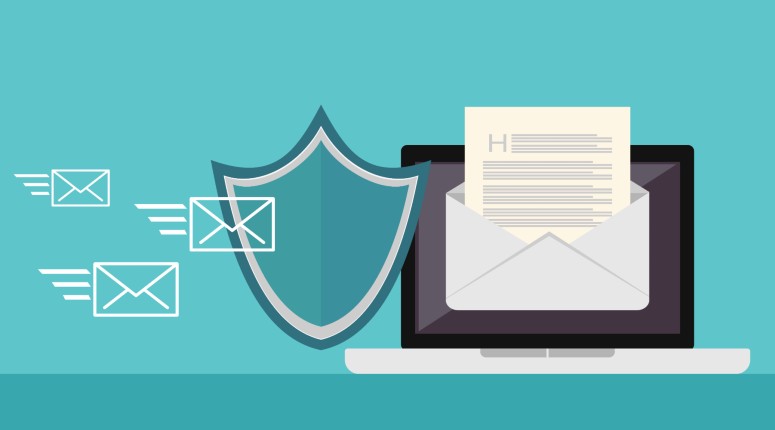
Overcoming Challenges
A. Dealing with Spam Filters
1. Crafting Emails to Evade Spam Filters
The bane of every email marketer’s existence: the dreaded spam filter. Crafting emails that not only capture attention but also navigate through the intricate algorithms of spam filters is an art that demands precision.
Crafting Emails with Spam Filters in Mind: Avoiding trigger words, balancing text-to-image ratios, and personalizing content are crucial tactics. Craft emails that are not just engaging to your audience but also friendly to spam filters.
Maintaining Sender Reputation: Your sender reputation influences whether your emails land in the inbox or vanish into the abyss of the spam folder. Consistency in sending quality content, avoiding spammy practices, and monitoring bounce rates contribute to a positive sender reputation.
2. Handling Unsubscribes Gracefully
Unsubscribes are inevitable, but how you handle them can impact your brand’s reputation. Graceful handling of unsubscribes is not just a best practice; it’s an opportunity to leave a positive lasting impression.
The Positive Side of Unsubscribes: Unsubscribes aren’t a failure; they’re a natural part of the email marketing lifecycle. Embrace them as an opportunity to refine your targeting and content strategy.
Strategies to Minimize Unsubscribe Rates: Provide easily accessible unsubscribe options, allow subscribers to manage their preferences, and use feedback from unsubscribers to improve your future campaigns. A well-handled unsubscribe can turn a departing subscriber into a potential returnee.
B. Handling Unsubscribes Gracefully
1. The Positive Side of Unsubscribes
Understanding the psychology behind unsubscribes is crucial. A subscriber might leave due to varied reasons—information overload, changing interests, or a temporary disengagement. Embrace unsubscribes as an act of autonomy exercised by your audience.
Strategies to Minimize Unsubscribe Rates (Continued):
-
Preference Centers: Empower subscribers to tailor their email preferences, reducing the need for a complete unsubscribe.
-
Feedback Surveys: Include exit surveys to gather insights into why subscribers are leaving. This data is invaluable for refining your content strategy.
2. Strategies to Minimize Unsubscribe Rates
While unsubscribes are an inherent part of email marketing, minimizing them is crucial for maintaining a healthy and engaged subscriber base. Implementing proactive strategies can stem the tide of unsubscribes and even turn the tide in your favor.
Provide Easily Accessible Unsubscribe Options: Make the unsubscribe process straightforward and transparent. A convoluted or hidden unsubscribe option can lead to frustration and potentially damage your brand’s reputation.
Allow Subscribers to Manage Their Preferences: Give subscribers control over the frequency and type of emails they receive. A preference center empowers subscribers to tailor their experience, reducing the likelihood of a wholesale unsubscribe.
Use Feedback from Unsubscribers to Improve: The departure of a subscriber is not the end; it’s an opportunity to learn. Incorporate feedback from unsubscribers into your strategy, adjusting your content and approach based on valuable insights.
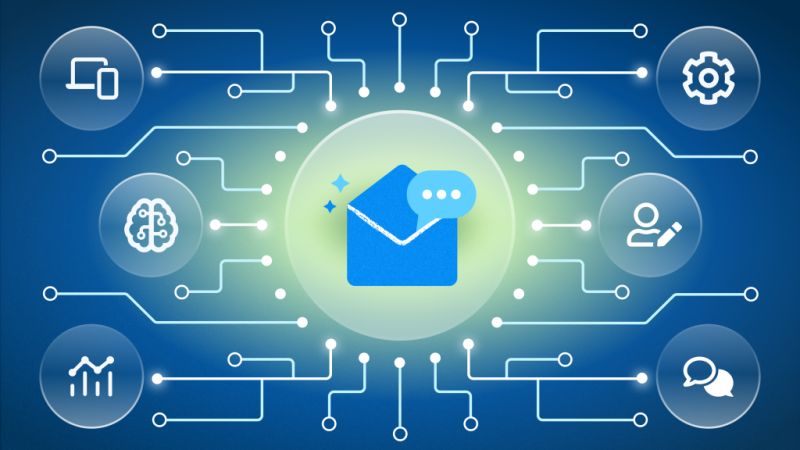
Future Trends in Email Marketing
A. AI and Machine Learning Integration
1. Predictive Analytics for Hyper-Personalization
The future of email marketing is synonymous with hyper-personalization powered by artificial intelligence (AI) and machine learning (ML). Predictive analytics, in particular, takes personalization to unprecedented levels by anticipating customer behavior.
Predictive Analytics in Email Marketing: By analyzing historical data, predictive analytics can forecast future actions. Implementing this technology allows you to tailor your emails based on predicted preferences, increasing relevance and engagement.
Automating Decision-Making with AI: AI can go beyond personalization to automate decision-making processes. From dynamically adjusting send times to predicting optimal content, AI empowers marketers to make data-driven decisions on autopilot.
2. Automating Decision-Making with AI
The integration of AI is not just a futuristic concept but a tangible reality shaping the future of email marketing. Understanding how AI automates decision-making processes allows marketers to stay ahead in the ever-evolving landscape.
Workflow Automation with AI: Integrate AI into workflow automation to streamline decision-making. From segmenting audiences based on behavioral predictions to automating the delivery of personalized content, AI augments the efficiency of your campaigns.
The Synergy Between Human Creativity and AI Precision: While AI handles the analytical side, human creativity remains irreplaceable. The synergy between creative human input and AI’s precision amplifies the impact of email marketing, creating a harmonious partnership.
B. Interactive Email Campaigns
1. Gamification and Interactive Elements
The evolution of email marketing extends beyond static content. Interactive elements, such as gamification, bring a dynamic and engaging dimension to email campaigns.
Gamification as a Tool for Engagement: Turn your emails into a game. Whether it’s a clickable quiz, interactive surveys, or challenges, gamification encourages active participation, boosting engagement and extending the time recipients spend interacting with your content.
Increasing Engagement Through Interactivity: The more engaging your emails are, the more likely they are to convert. Interactive elements create an immersive experience, transforming passive recipients into active participants in your brand narrative.
2. Increasing Engagement Through Interactivity
The era of static, one-way communication in emails is fading. Embracing interactive elements not only enhances engagement but also provides valuable insights into your audience’s preferences and behaviors.
The Power of Embedded Videos and Surveys: Videos and surveys embedded directly within emails transform them into interactive hubs. Whether it’s a product demonstration or feedback solicitation, these elements keep recipients immersed in your content.
Emails as Microsites: Imagine your emails as microsites, offering a mini digital experience. Incorporate navigable menus, clickable elements, and dynamic content to create an interactive journey within the confines of an email.


